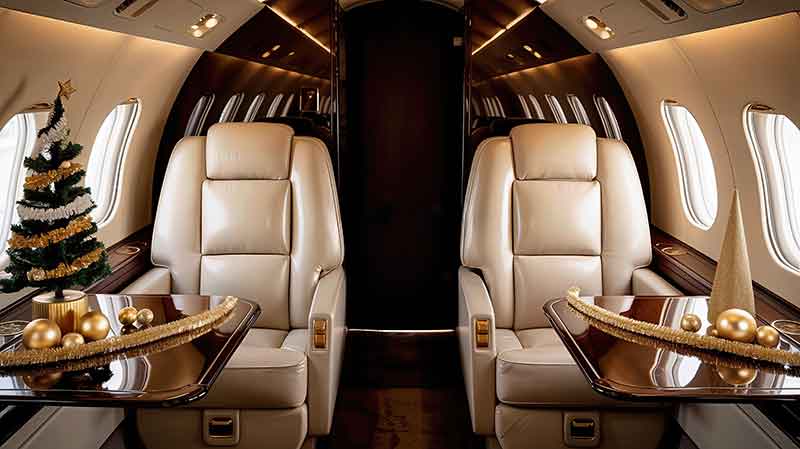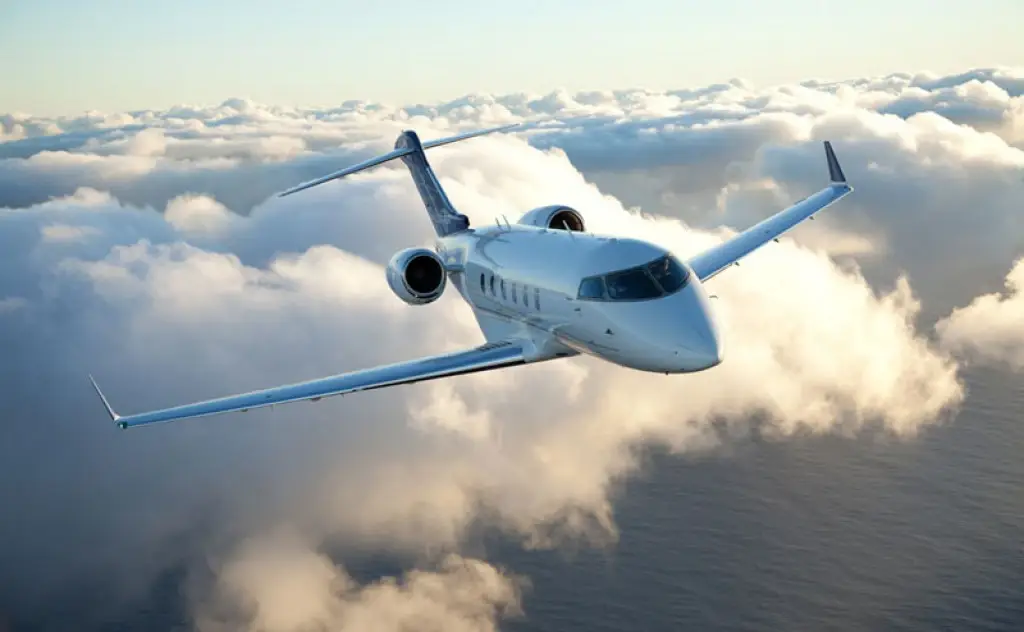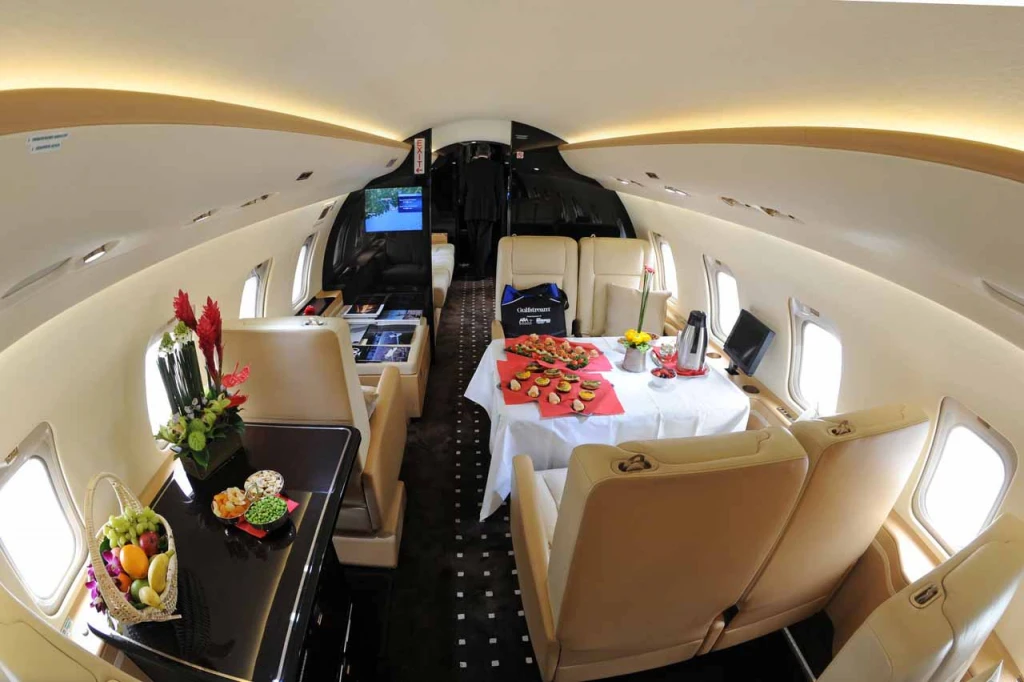Today, we will explain the ETOPS rules and what they mean for private jets. ETOPS is an acronym for Extended-range Twin-engine Operations Performance Standards. In June 1919, John Alcock and Arthur Brown became the first men to fly across the Atlantic Ocean non-stop. They flew from St. John's, Newfoundland, to Clifden, County Galway, Ireland, in 16 hours.
Today, we will explain the ETOPS rules and what they mean for private jets. ETOPS is an acronym for Extended-range Twin-engine Operations Performance Standards. In June 1919, John Alcock and Arthur Brown became the first men to fly across the Atlantic Ocean non-stop. They flew from St. John's, Newfoundland, to Clifden, County Galway, Ireland, in 16 hours.

The aircraft they used for the historic flight was a specially converted WWI Vickers Vimy bomber. Sadly for the British aviators, their impressive feat was relegated to the history books in May 1927 when American aviator Charles Lindbergh flew non-stop across the Atlantic Ocean from New York to Le Bourget, near Paris. Not only did the flight grab headlines worldwide, but it also got aviation regulators to start thinking about safety.
In 1936, aircraft were limited to not being 100 miles from an airfield
Flying over land was one thing, as aircraft of the day had multiple airfields to land en route in case of an emergency. However, flying over large bodies of water was a different matter altogether. In 1936, the precursor to the Federal Aviation Authority (FAA), the Bureau of Air Commerce passed a ruling limiting aircraft to fly not more than 100 miles from an airport.
When they made the initial ruling, it was for all planes regardless of how many engines they had. In 1953, the FAA upheld the ruling when multi-engine aircraft operators asked for it to be changed based on the reliability of piston aircraft engines. The International Civil Aviation Organization (ICAO) disagreed and extended the diversion range to 90 minutes from an airport. This gave non-United States airlines like KLM Royal Dutch Airlines a considerable advantage in places like the Caribbean.
The tri-jet was born
As we entered the jet age, four-engine aircraft like the Boeing 707 were prevalent, yet airlines wanted a cheaper-to-operate twin-engine aircraft that they could fly from airports with shorter runways. At the time, twin-engine planes were limited by the 60-minute ETOPS rule. Eventually, thanks to pressure from Eastern Airlines, who wanted a three-engine powered plane for its Caribbean flights from Miami, Boeing built the 727. The Boeing 727 paved the way for the FAA to extend the 60-minute rule to 90 minutes in 1964.

Allowing three-engine-powered aircraft to fly 90 minutes from an airport led plane makers to build widebody tri-engine jets like the Lockheed L-1011 Tristar and Douglas DC-10.
Following the 1970s oil crisis, airlines wanted to fly twin-engine powered planes on long-haul over ocean routes, but the FAA was having none of it, with the director J. Lynn Helms saying in 1980:
"It'll be a cold day in hell before I let twins fly long-haul, overwater routes."
After further pressure in 1985, the FAA agreed to extend the range to 120 minutes for twin-engine powered jets. The first airline to take advantage of the new 120-minute rule was Trans World Airlines (TWA) when, in February 1985, they flew a Boeing 767-200 from Boston to Paris.

In 1990, Boeing told the FAA that because of the reliability of new jet engines, the range should be extended again to 180 minutes. The FAA conceded, and after a year of trouble-free operations, the Boeing 777 became the first airliner to receive a 180-minute rating in 1995. The ETOPS rule increased again to 330 minutes on a case-to-case basis in 2014, with the Airbus A350 being the first plane with an ETOPS 330 rating when it entered service with Qatar Airways in 2015. The ETOPS 330 rating meant that aircraft could fly in a straight line to any destination in the world.
ETOPS and private jets
Private jets in the United States are not required to adhere to the ETOPS rules, but that is not the case in Europe. The European Union Aviation Safety Agency (EASA) subjects private to the 120-minute ETOPS rule in its jurisdiction. Until a few years ago, the European rule applied to private jets that did not weigh more than 45,360 kg (100,001 lbs) and carried less than 20 passengers. Larger private jets above the 45,360 kg could only fly 60 minutes from an airport.
With the arrival of larger private jets like the Gulfstream G650, which has a range of 6,912 nautical miles, and the Bombardier Global 7500, with a 7,700 nautical mile range, EASA had a rethink. To harmonize with the FAA and Transport Canada Civil Aviation (TCCA), EASA now certifies long-range twin-engine private jets for ETOPS 120.

If you are thinking about chartering a private jet for your next business meeting or vacation, ask Paramount Private Business Jets for a quote. Paramount Business Jets specializes in matching its clients with the perfect aircraft for their needs at the best price. For more information, call +1-877-727-2538 24/7 or visit them on the web at paramountbusinessjets.com.
Photos: pxhere.com, Aero Icarus via Wikimedia Commons and Flickr., and Matti Blume via Wikimedia Commons.








